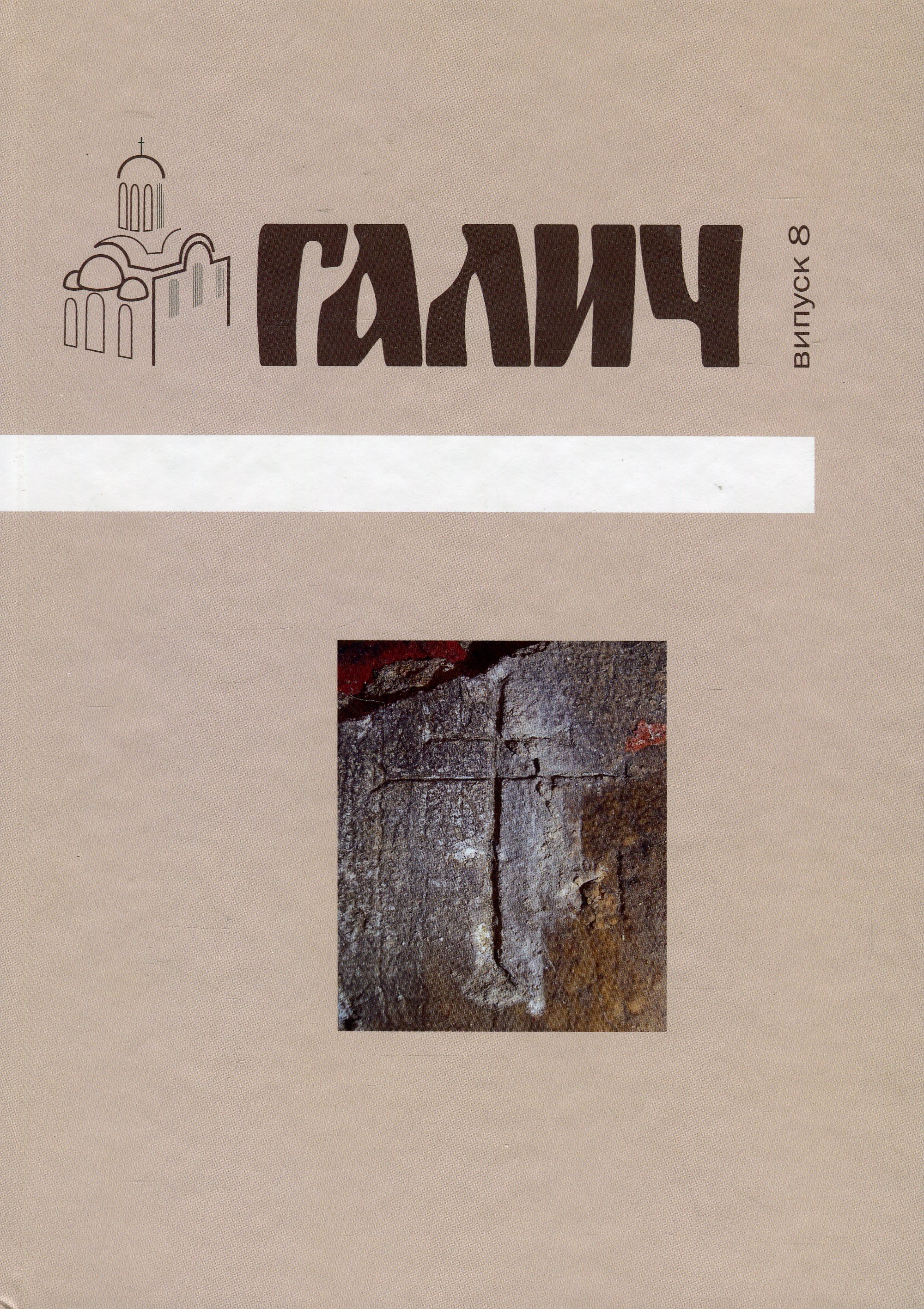WALDENSIAN MASTER SYMON DE GALICZ DE UNGARIA
 https://doi.org/10.15330/hal_swc.8.105-128
https://doi.org/10.15330/hal_swc.8.105-128
Keywords:
Halych (Galicz), tailor (shoemaker) Symon, Waldenses, heretics, magister, inquisition, Peter Zwicker, Hungary, Poland, Vladislaus II of Opole, Louis I, Wladyslaw II Jagiello.Abstract
The article is dedicated to establishing the origin of the Waldensian master, tailor (or shoemaker) Symon de Galicz de Ungaria, recorded in the protocol of the interrogation of inquisitor Peter Zwicker in Erfurt on September 4, 1391. Through careful studies of the manuscripts, as well as dozens of examples of spelling from the point of view of the vocabulary and semantics of the Galicz naming (and those similar to it), the authors came to the conclusion that the interrogated belongs to the group of foreign masters of tailoring or shoemaking specialities from Halych. Hypothetical belonging to one of the settlements of the Kingdom of Hungary, located in the northern or eastern counties of the country (Haliс, Hlohovec, Holіс, or Halocs) is not confirmed by sources. Terminus ante quem 1387 Symon lived in the city above the Dniester and evidently maintained professional contacts with Lviv’s «colleagues in the guild», mainly settled behind the city’s Halytsky Gate and on Halytsky Street. Its early origin is Silesian or Saxon (in a broader sense, German). Symon (or his parents) was able to get to Halych as a result of the extensive settling campaign, populating the cities and granting them self-governing rights during the reign in Terra Ruscie on behalf of the King of Hungary and Poland Louis I – Prince Vladislaus II of Opole. Under unexplained circumstances, most likely related to the performance of the functions of the Waldensian master or professional duties, he left the city even before the summer of 1387, leaving in a western direction, where he fell into the hands of the inquisitor and September 4, 1391, testified during the trial in Erfurt. According to the interrogation protocols, Symon was converted to Catholicism. His affiliation – de Galicz de Ungaria – had to correspond with the place of permanent residence and work at the time, which belonged to the king of Hungary in terms of dynastic law. We assume that Symon de Galicz de Ungaria qui fuit ex artificio Sartor (or Sutor) known from the records of Peter Zwicker’s interrogation is the same as Symon the tailor, recorded twice in the Lviv city books on May 18, 1416, and May 13, 1426.









